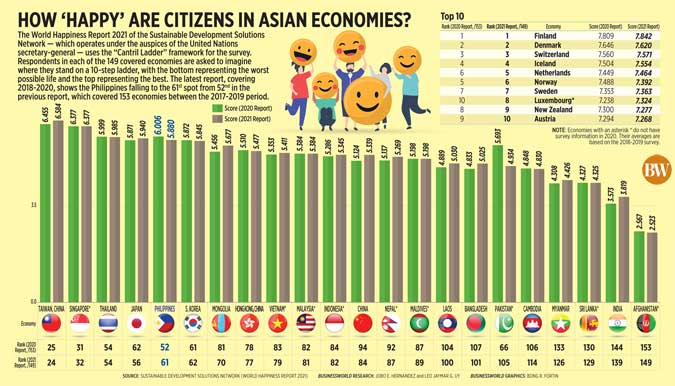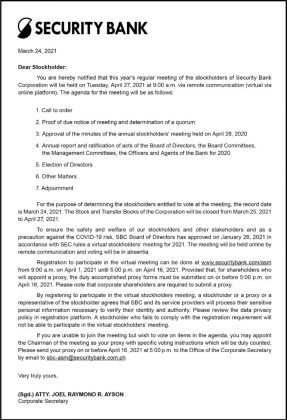A $27-trillion challenge looms as yen Libor shift approaches
JAPAN is emerging as a key area of concern in the global migration away from the London interbank offered rate (Libor).
With just nine months until yen Libor is phased out, only a fraction of the roughly Y3 quadrillion ($27 trillion) in derivatives pegged to the discredited benchmark have switched to alternative reference rates. A further $150 billion in cash products such as loans and floating-rate notes — many of which can’t be easily shifted to new benchmarks — aren’t due to mature until after Libor expires, Fitch Ratings says.
As the deadline nears, worries are mounting that the country could face a disorderly transition come yearend marred by technical problems, legal disputes and increased interbank rate volatility. Global regulators overseeing Libor’s end announced in March that they were considering the creation of a ‘synthetic’ yen rate as a stopgap measure to allow more so-called tough legacy contracts to roll off the books.
“The problem lies across the whole spectrum,” said Willie Tanoto, director of financial institutions with Fitch Ratings in Singapore. “Things can still fall into place in time, it’s just that it leaves very little room for error.”
The Bank of Japan (BoJ) and the Financial Services Agency say they will monitor firms’ progress and take steps as needed. Companies should work to cease issuing new loans and bonds referencing yen Libor by the end of June, and to significantly reduce the amount of such securities on their books by the end of September, according to a joint statement. A representative for the BoJ-backed cross-industry committee on Japanese yen interest rate benchmarks declined to comment.
Japan, like the US, the UK and others, has been racing against the clock to prepare for the demise of Libor, a bedrock of the financial system being phased out by global policy makers due to a lack of underlying trading and following a high-profile rigging scandal. Japan’s total exposure is limited compared with the $223 trillion pinned to its dollar equivalent, where progress has been sluggish too.
EARLY STAGES
Britain’s main Libor replacement has been around since 1997, as has the Tokyo overnight average rate, or TONA, while its US equivalent was launched three years ago. Markets are still waiting for one of the main yen Libor alternatives to get started in April, less than nine months before the legacy benchmark expires. And in the U.S., adoption of the Secured Overnight Financing Rate (SOFR) remains tepid with no term structure introduced yet.
While the U.S. late last year extended the retirement date of key dollar Libor tenors by 18 months, such a move has proven impractical in Japan due to a lack of support from the panel banks that help determine the rate. Decisions made by Japanese authorities in recent years have also added an extra layer of complexity to certain parts of the transition.
Unlike in the US and UK, Japanese officials aren’t pushing market participants toward a single Libor alternative. The decision to reform and keep alive the Libor-like Tokyo interbank offered rate, or Tibor, may slow adoption of TONA, according to Fitch. TONA will be used mainly for derivatives while another benchmark, the Tokyo term risk-free rate, or TORF, will be employed for loans and bonds.
In fact, just 3.5% of yen risk in cleared over-the-counter and exchanged-traded interest-rate derivative transactions was pegged to TONA in February, according to data and analytics firm Clarus Financial Technology, among the lowest of the alternative rates it monitors.
“The TONA market is not ready to absorb the overall Libor exposure,” said Takeshi Iwaki, a director at Deloitte Japan, though he added that many remain optimistic that volumes will pick up in the coming months.
The lack of liquidity could also delay efforts to develop a TONA-based forward-looking term structure that lets borrowers know their interest payments in advance, seen as critical to facilitating wider adoption, according to Fitch.
LEGACY PROBLEM
Just as worrisome to some are Japan’s struggles to address tough legacy contracts that will still be linked to Libor when it eventually expires.
Unlike in the US — where lawmakers are pursuing legislation that would impose fallback rates on troublesome deals — officials in Japan have made little progress addressing the issue, market watchers say.
Senior officials at Japan’s FSA, which is also involved with planning the transition, say that the scope of tough legacy issues is limited. And the move to new rates could also make further progress once TORF gets going, according to those officials.
TORF remains at prototype stage, and financial information company QUICK Corp. is scheduled to begin publishing the rate on April 26. The BOJ expects yen Libor contracts to start shifting in earnest to alternative rates once TORF begins in April, and sees most transitions to be completed before the end of September.
For its part, the British regulator that oversees Libor said in March that it plans to consult on the establishment of a synthetic yen Lwibor for an additional year to allow more legacy contracts to mature.
While the rate can’t be used for new transactions, it could help forestall a flurry of lawsuits between counterparties of Libor-linked deals once the benchmark ceases to be published.
But synthetic Libor isn’t a panacea and bankers will still need to work on adjusting existing contracts, according to Fitch’s Tanoto.
Others see more reason for optimism. A term version of TONA could be published as soon as mid-year, according to Ann Battle, head of benchmark reform at the International Swaps and Derivatives Association.
“We would expect to see a steady increase in liquidity in TONA over the course of this year, particularly now there is further clarity for the timetable on Libor’s demise,” she said via email.
Yet if plans are going to fall into place to facilitate a smooth transition, they need to do so quickly. Earlier this year Clarus warned Libor’s administrator that the nation’s derivatives market is in a “precarious position” given the low adoption of alternative benchmarks.
“I know how difficult it is to create a new market, I know how difficult it is to move liquidity from one product to another,” said Chris Barnes, a senior vice president at Clarus. “It still looks like a big concern.” — Bloomberg











